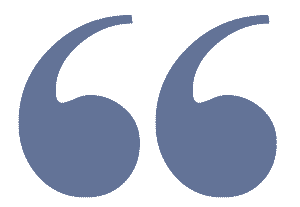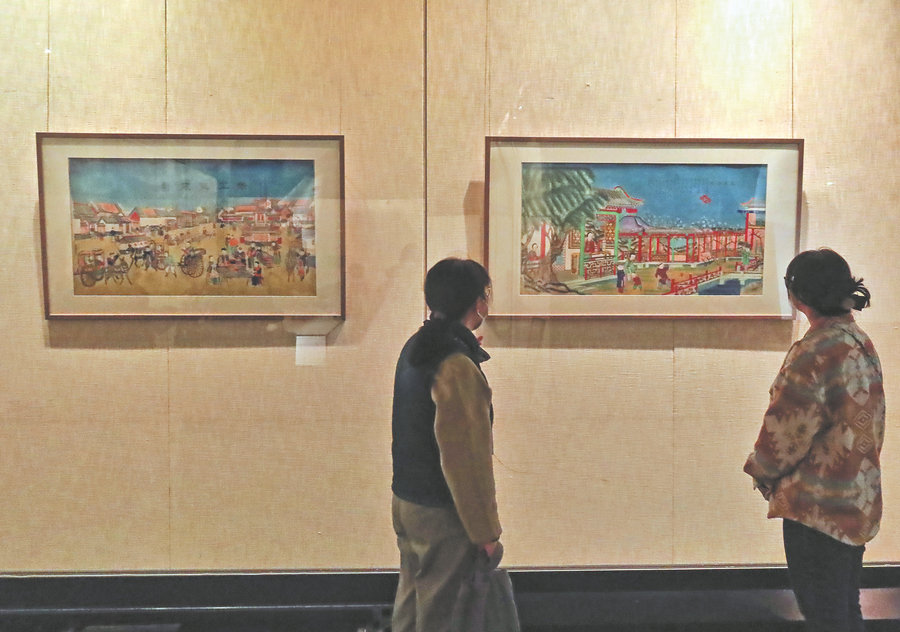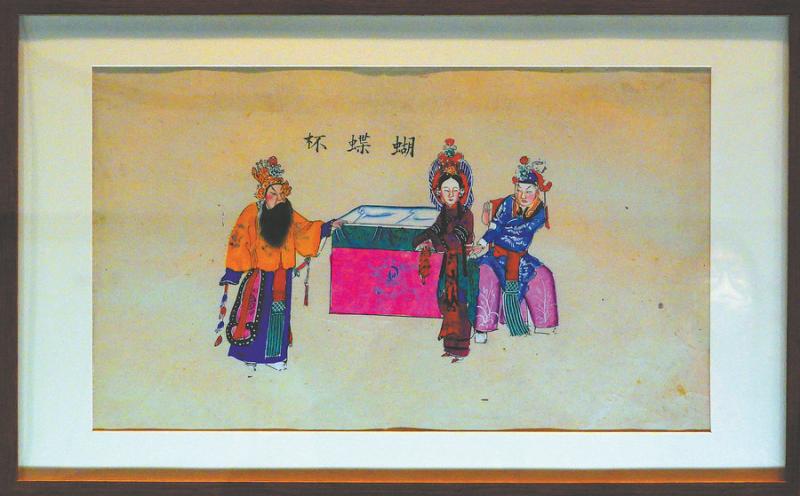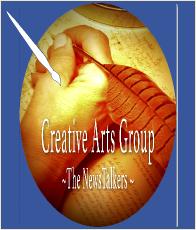Auspicious prints to greet our future
By: By Fang Aiqing

Auspicious prints to greet our future

A visitor views New Year prints at Splendid Beginnings on Woodblocks at the Capital Museum in Beijing. [Photo by Jiang Dong/China Daily]
Ancient and modern woodblock New Year prints produced in Beijing, Tianjin and Hebei province are on display at Splendid Beginnings on Woodblocks , an exhibition that opened at the Capital Museum in Beijing on Jan 24. It will run through to April 24.
Woodblock printing dates back more than a millennium in China. For Spring Festival, New Year pictures were traditionally pasted on doors to ward off evil spirits and pray for safety and good fortune.
In the late Ming Dynasty (1368-1644), Beijing, Tianjin and Hebei province became an important production area for these prints, and for centuries the auspicious images created in the region illustrated a diversity of themes and local features, according to Sun Ke, curator of the exhibition.

Exhibits include images produced as early as the Qing Dynasty (1644-1911), featuring banquets (pictured), traditional operas, family gatherings, fairs, Taoist figures, children and auspicious creatures such as carp. [Photo by Liu Jing/For China Daily/Jiang Dong/China Daily]
Co-organized by the Capital Museum, the Tianjin Museum, and the Hebei Museum, as well as the museum for New Year woodblock prints in Wuqiang county, Hebei's Hengshui, more than 120 sets of images produced since the Qing Dynasty (1644-1911) are on display.
Highlights include a pair of prints from the collection of the National Library of China that feature door gods Shenshu and Yulyu, imposing figures and clad in armor, both of whom hold a golden hammer on which their names are inscribed.
Shenshu has a kind face, whereas Yulyu is fierce, his eyes wide open. They are depicted in a simple and robust style of firm lines and heavy colors — mostly bright red, yellow and green — and according to Sun, exemplify the typical Beijing style of door-god paintings.
Another image is of a bustling Spring Festival temple fair in Qing Dynasty Beijing, which captures the architecture style and urban life of the capital at the time, with crowds lingering at stalls, strolling around, and riding in carriages or rickshaws.

Exhibits include images produced as early as the Qing Dynasty (1644-1911), featuring banquets, traditional operas, family gatherings, fairs, Taoist figures, children and auspicious creatures such as carp (pictured). [Photo by Liu Jing/For China Daily/Jiang Dong/China Daily]
Yangliuqing New Year prints from Tianjin's Yangliuqing town are quite different in temperament. In one, a well-dressed woman with a long pipe in hand sits beside a short-legged table, on which there is a red vase of plum blossoms.
To fully convey her elegance, the late Qing Dynasty painting makes use of soft colors and delicate lines, with gold powder used to pick out her jewelry, buttons and pipe, Sun says.
By way of contrast, New Year woodblock prints from Wuqiang county, which are an item of national intangible cultural heritage, are known for their rustic aesthetic.

Exhibits include images produced as early as the Qing Dynasty (1644-1911), featuring banquets, traditional operas (pictured), family gatherings, fairs, Taoist figures, children and auspicious creatures such as carp. [Photo by Liu Jing/For China Daily/Jiang Dong/China Daily]
In addition to this exhibition, the Capital Museum and its east branch, the Grand Canal Museum of Beijing, have plans for a further 11 exhibitions this year. These will highlight efforts to trace the origins of Chinese civilization, exchange and mutual learning between world civilizations, and Beijing culture, according to Tan Xiaoling, deputy director of the Capital Museum.
With this year marking the 35th anniversary of the establishment of diplomatic relations between China and Singapore, Tan says the Capital Museum plans to work with Singapore's Peranakan Museum and Asian Civilisations Museum on co-hosting an exhibition from May to August on the material and spiritual legacies overseas Chinese have left in Southeast Asia.

Exhibits include images produced as early as the Qing Dynasty (1644-1911), featuring banquets, traditional operas, family gatherings, fairs, Taoist figures (pictured), children and auspicious creatures such as carp. [Photo by Liu Jing/For China Daily/Jiang Dong/China Daily]
The Capital Museum will also exhibit gold artifacts from the collection of the Hong Kong Palace Museum from November to February 2026. Including gold pieces from the northern grasslands, the Central Plains, as well as the Qinghai-Tibet Plateau, the exhibition aims to present an overview of the development of gold craftsmanship over the course of 3,000 years and explore the historical role gold played in civilizational exchange.
From May to August, the Grand Canal Museum of Beijing will exhibit 300 artifacts unearthed from the 3,300-year-old Yinxu Ruins in Anyang, Henan province, where oracle bones inscribed with the earliest-known Chinese characters have been found.
According to Tan, the exhibition will be followed with another featuring artifacts discovered in two ancient shipwrecks in the South China Sea dating back to the Ming Dynasty.

Exhibits include images produced as early as the Qing Dynasty (1644-1911), featuring banquets, traditional operas, family gatherings, fairs, Taoist figures, children (pictured) and auspicious creatures such as carp. [Photo by Liu Jing/For China Daily/Jiang Dong/China Daily]
.

Visitors view New Year prints at Splendid Beginnings on Woodblocks at the Capital Museum in Beijing. [Photo by Jiang Dong/China Daily]
RED BOX RULES: AN IMPORTANT REMINDER
From time-to-time, I should remind all members of NT, etc., that when posting photos, artwork, etc., it's important, when posting, that you own, and/or legally represent the licensing, copyright, etc., of what you post, and TO PROTECT YOUR WORK, TO INCLUDE YOUR COPYRIGHT SYMBOL/INFORMATION; and/or, WHEN POSTING COPYRIGHTED PROPERTY BELONGING TO PARTIES OTHER THAN YOURSELF, TO …
• BE SURE YOU HAVE PERMISSION TO POST, TRANSMIT, etc, SUCH PROPERTY, and,
• IF/WHEN SUCH PERMISSION HAS BEEN GRANTED, TO PROPERLY AND CLEARLY ATTRIBUTE THE COPYRIGHTS TO THEIR RIGHTFUL OWNER(S).
VERY IMPORTANT … IN THE FUTURE, I WILL REMEMBER TO POST THIS CAVEAT REGULARLY.
Thanks, A. MAC







There is and will be no end to the creativity and artistic talent of the Chinese people. It goes back millenia and will continue likewise.
auspicious creatures such as carp
Whenever I hear the word "auspicious", I think of Chinese culture.
Of course its a proper English word-- but its rare to hear native English speakers use it. (After several years on NT-- when was the last time anyone here used it?)
I don't think I've ever used that word in my life, but it was the title of the seed I posted so it isn't my fault.
Oh I guess I wasn't clear. I wasn't being critical-- I was just observing an aspect of Chinese culture that I though was interesting. I think the particular words chosen in different cultures, and the nuances of their meaning, often says a lot about the culture.
I didn't think you were being critical; you were being observant.
I try to use auspicious everyday when wishing people good fortune
I've had my (Western) Astrology chart done numerous times, my Vedic chart done 3X, but never my chart done by someone fluent in Chinese Astrology. Then , finally, I had a progessional do it. And as she was going over the results, she said "these days are auspicious" (or words to that effect).
Apparently the meaning of "auspicious" is very precise in Chinese culture.
It has to do with success. Most Chinese customs and traditions, and the items and even foods are connected with positive outcomes, such as good fortune, happiness, etc.
That's interesting.
If a person works hard, and/or is very intelligent, they are often sucessful. And I've noticed the Chinese admire that. (I've never been to China, but I have known many Chinese-Americans here in the U.S.)
But many Americans have a different reaction-- many think if a person is sucessful, they must be dishonest. Many Americans have a belief that its impossible to be sucessful if you are honest.
I know that Americans have respect for wealth, but do they really think that Bill Gates or Warren Buffet are dishonest? I'm not including Mark Zuckerberg in that list. Of course, too many Americans DO respect rich dishonest persons - I believe they even elect them.
The first time I was aware of Feng Shui was visiting a friend who just moved into a new apartment, She had a tank of Goldfish near the front door. She said somethig about that being for good luck. She also had painted the outside of the door to her apt Red (an unusual choice of color here in the states).
Then we had a long discussion wherein she explained Feng Shui to me,
This article mentiions that Carp are "Auspicious". Well, apparently "Goldfish" are a type of Carp (or at least closely related to Carp).
Also, apparently the breed originated in China.
Many years ago I tried to keep a bowl of 4 goldfish, 3 were gold or mottled white and gold while the fourth was black. After a while I noticed one of them was missing, and "Blackie" was a little fatter, then one by one the other two disappeared and "Blackie" was a lot bigger. Maybe he wasn't a goldfish at all, but was actually a piranha. I never bothered to keep goldfish again. IMO, when it comes to fish, although there are NT members here who believe in "catch and release", I always believed in (and practised) "catch and eat".
Red is a very special colour in China and it is used everywhere. You especially see a lot of it during the Spring/New Year Festival., It means good fortune.
In the Chinese art of Feng Shui, its about arranging things so there's a good flow of "Chi". Also in Accupuncture.
If the flow is too weak it needs to be made stronger. However if its too strong that's not good either-- in that case it must be attenuated.
"Chi" is "the Universal Life Force". So in Feng Shui, one way to increase the flow of Chi in your space is to have living things there. (It could be living fish).
IIRC, in Feng Shui, the main way Chi enters your house is through the main (front) door. Which is way a bowl of fish is often kept inside, near the door.
Then there are "Foo Dogs"-- or stone (cement) Lions. In important buildings a pair are often placed outside on either side of the path to the door-- they are thought to guard against evil!
I don't know if it was influenced by Chinese culture or not-- but IMO the two famous Lions on either side of the entrance to the main branch of the New York Public Library are obviously Foo Lions!
"...a bowl of fish is often kept inside, near the door." We don't have a bowl of fish, but we do eat our share of them.
Maybe The White House could use them, but then maybe it can't be occupied by some elected officials.
Will post a link to this article shortly.
Thank you. It may give an opportunity for those with broader horizons on NT who are into more than divisive politics something different.
I have heard rumours that there are a few people like that who do actually exist on NT!
Quoting the despicable words of the late Prime Minister of Canada, McKenzie King, who served at PM during the end of WW2 when asked how many Jewish refugees he would allow into Canada: "None is too many."
Although he wasn't that blatant about it, FDR had similar sentiments.
Yes, I know. He wouldn't allow the refugees on board the SS St. Louis to disembark so many of them ended up being murdered in the Nazi concentration camps. I hope he got to know that.